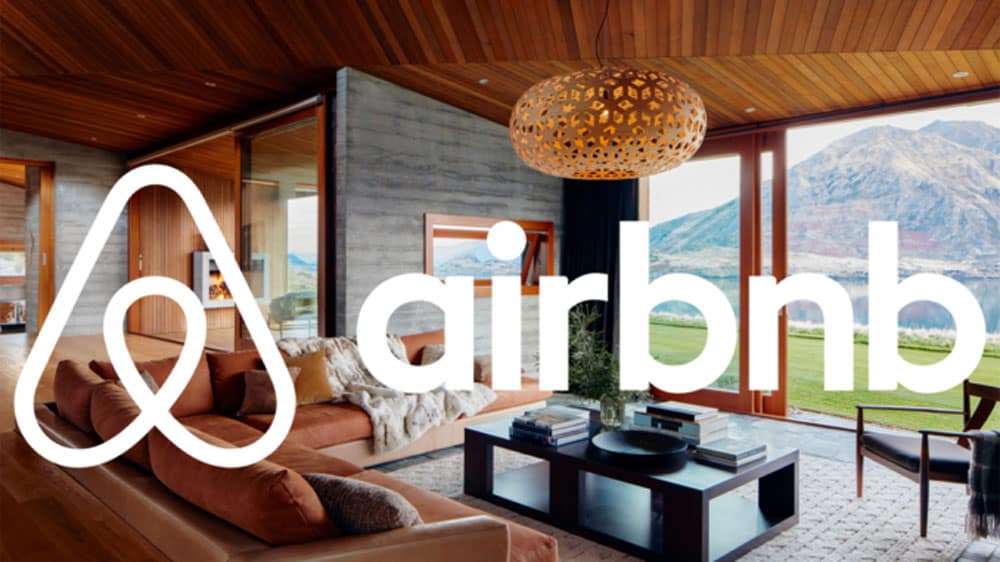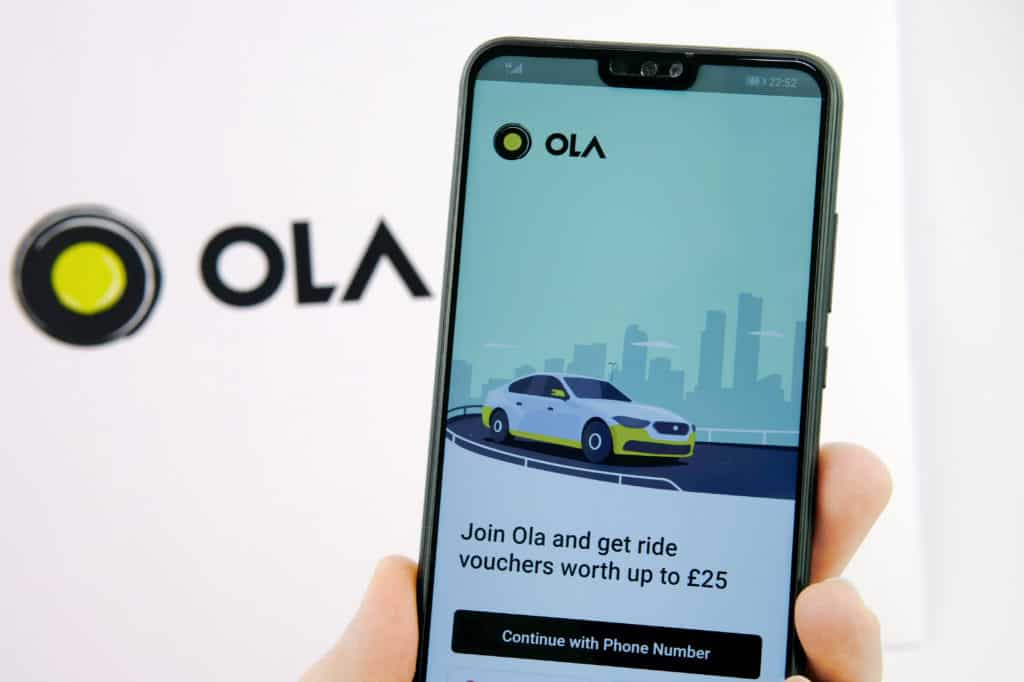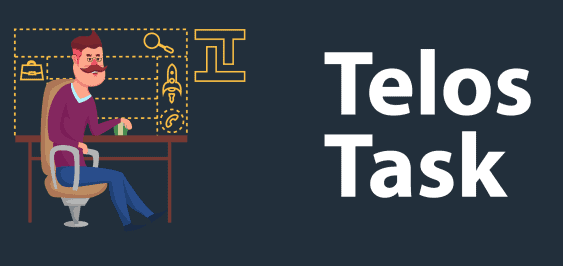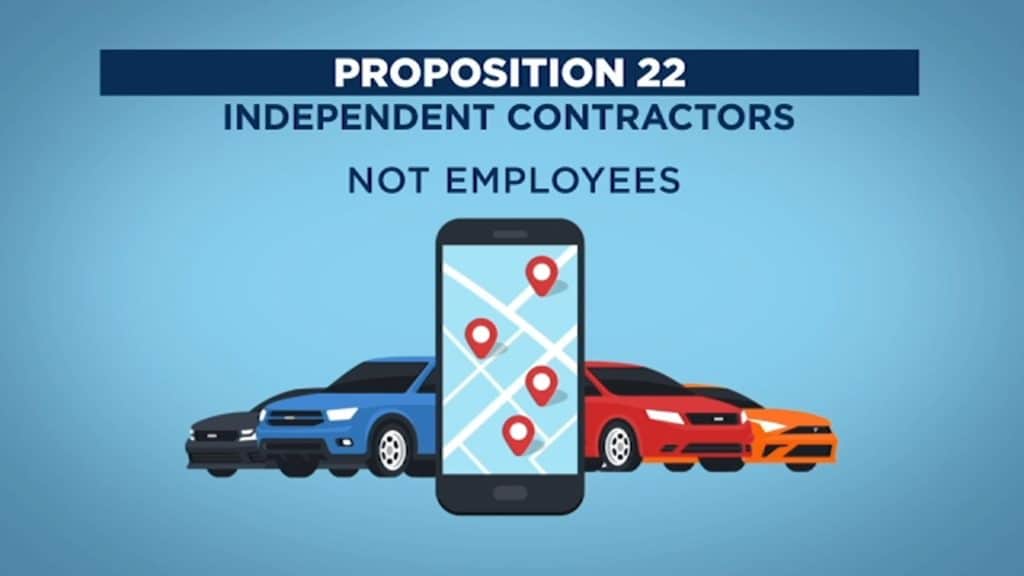Labor-markets are restructuring. Even prior to the COVID outbreak, the global gig economy was predicted to reach $455 billion by 2023.
A recent survey found that an unprecedented 41% of businesses plan to expand their use of contractors as the pandemic presses on. And even when the coronavirus challenges are behind us, it’s quite clear that the gig economy is here to stay.
Here’s what you need to know about the gig economy and sharing economy:
What is the difference between the gig economy and the sharing economy?
The gig economy refers to a work environment where labor is structured around temporary employment, contracts, and projects—gigs. Instead of receiving hourly or salaried compensation, workers are paid by one-time projects or tasks.
The sharing economy revolves around people renting out or “sharing” their assets.
How does the gig economy work?
The gig economy is fueled by workers offering their skills and services on a part-time basis to consumers. A third-party platform often facilitates these connections, for example, Thumbtack.
It can help to think of the gig economy in terms of their 3 main participants:
- The consumers requesting services
- The gig workers that provide services
- The gig economy platforms
How does the sharing economy work?
In the sharing economy, people offer up their assets to consumers. Renting out an empty bedroom would be one example. Another well-known example is ride-sharing.
While 95% of Americans own a car, most people don’t require sole possession of their vehicle at all times. In the sharing economy, an individual can let a consumer borrow their car, either as a driver or passenger.
Where are these economies headed?
To see where the gig and sharing economies are headed, let’s look into a few well-known examples. By analyzing the histories and trajectories of these case studies, companies can adjust their approach to avoid the same pitfalls, and conversely, use the path of success to their own advantage.
Case-study: Airbnb

Airbnb was originally established in 2008 as a simple way for individuals to monetize unused space. 12 years later, Airbnb now has an abundance of sub-industries, professional hosts, and pricey courses led by self-professed “Airbnb business gurus.”
This professionalization of Airbnb inflated rent, hollowed-out local services, and inspired key legislation in disproportionately affected cities.
Key Takeaway: Avoid oversaturation
Airbnb’s business model isn’t inherently problematic. The transformation and over-professionalization, however, does raise questions about oversaturating the gig and sharing economy. Moving forward, businesses and brands need to consider this potential from the get-go.
Case-study: OLA and Bolt

OLA cabs is a mobile ridesharing app that launched in India 10 years ago.
Like its U.S.-based competitor Uber, OLA allows users to schedule rides in advance. One can also rent a car on an hourly basis. Over the past few years, OLA has expanded to Australia, New Zealand, and the UK.
Formerly known as Taxify, the ridesharing app Bolt is another Uber competitor. According to the London Commuter, “Bolt’s main advantage is the lower fees and commissions. The company charges 15 percent commissions to its drivers – almost half compared to Uber – which means riders can also benefit from cheaper fares.”
Key Takeaway: Support localized platforms
Investing in the localized platforms can help diversify the gig and sharing economy and prevent one company from monopolizing it.
Ride-sharing apps are a great example of how multiple platforms can exist in the gig and sharing economies.
Case Study: TelosTask and the blockchain space
Cyber security company Telos recently launched a new gig economy platform, TelosTask.

Similar to Upwork, PeoplePerHour, and Taskrabbit, TelosTask connects gig workers to consumers through the company’s blockchain technology.
Douglas Horn, the chief architect of the Telos blockchain, describes the motivations behind TelosTask:
“This is the real power of high-capacity blockchain. Now anyone can instantly create a free Telos account with an easy to remember name and log into it with no more hassle than logging into Twitter. It’s a mass adoption-ready platform that’s desperately needed right now as people try to figure out reliable new ways to earn income and perform business tasks in the post-COVID world.”
By using “smart contracts,” TelosTask can provide workers “a built-in-system of trust” that ensures “labor is fairly compensated.”
Key Takeaway: Trust and fair-compensation
An equitable sharing and gig economy is dependent on trust and fair compensation, which brings us to:
Case Study: Prop 22

California Proposition 22, also known as the App-Based Drivers as Contractors and Labor Policies Initiative, recently passed. This means Uber and Lyft are exempt from classifying their drivers as employees.
This proposition will have a significant impact on the gig and sharing economy ecosystem across the states, and labor groups are already discussing how they plan to take action.
At the moment, it appears that the trend will continue to favor the independent contractor status over an employee based scenario, although it is certain there will be more attempts to regulate as the gig and sharing economy continue to expand in many different markets and locales.
Digitization: The way forward
While the gig and sharing economy are distinct, they are not divided. In fact, they are united by the need for advanced digital PR strategies.
It is essential that companies continue to expect that the gig and shared model of business is here to stay, with changes and modifications evolving in our rapidly changing economic systems, both at present and in the future.
Competitive digital strategies are needed to engage consumers, workers, and build digital equity.
And that’s where Zen Media comes in.
Ready to go digital? Contact Zen Media today to get started.









